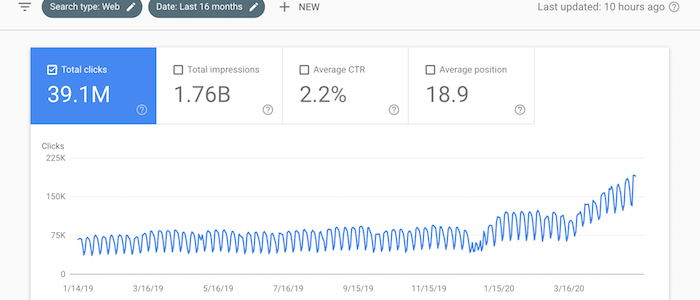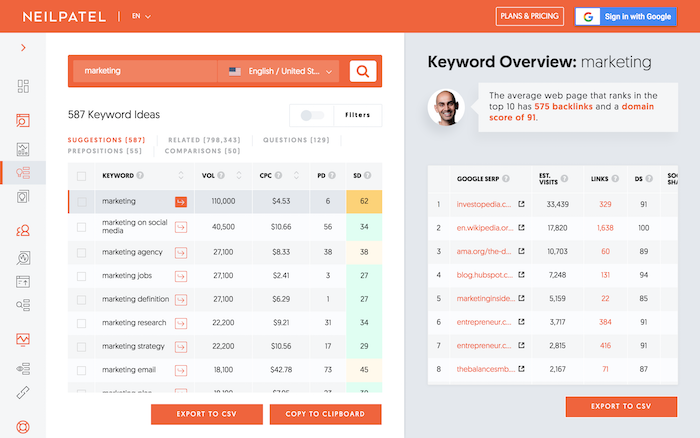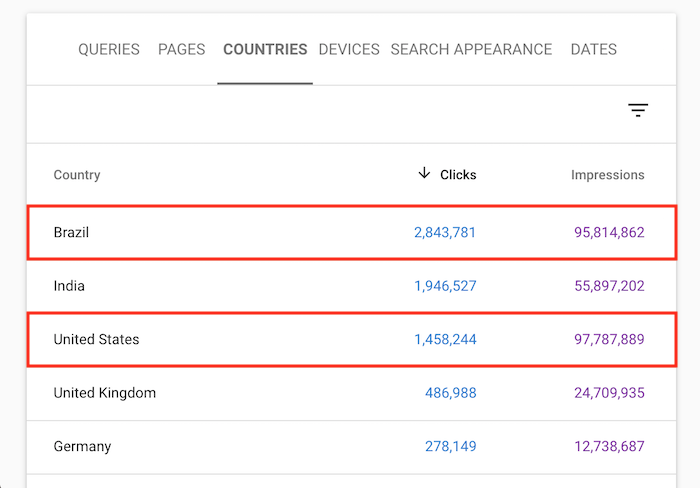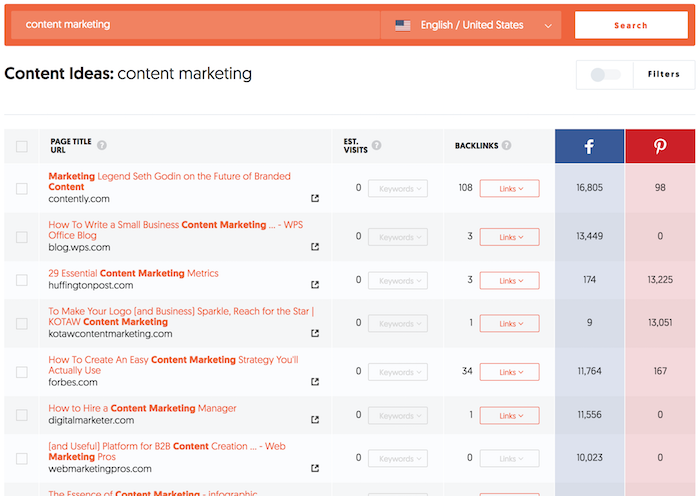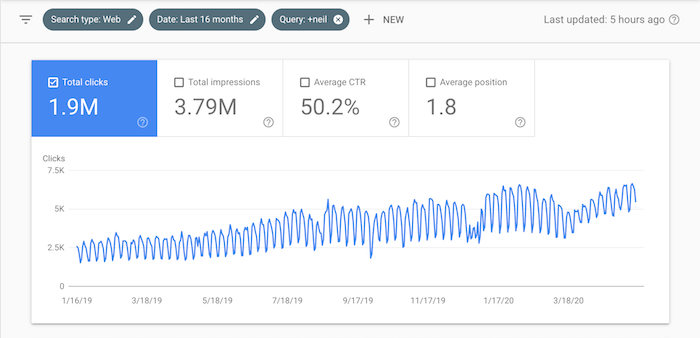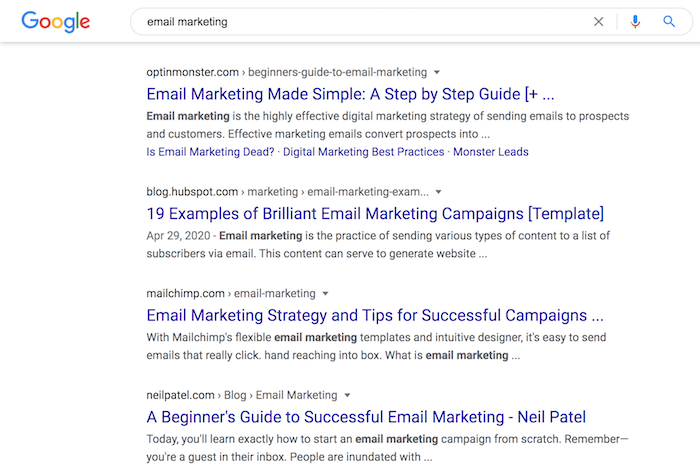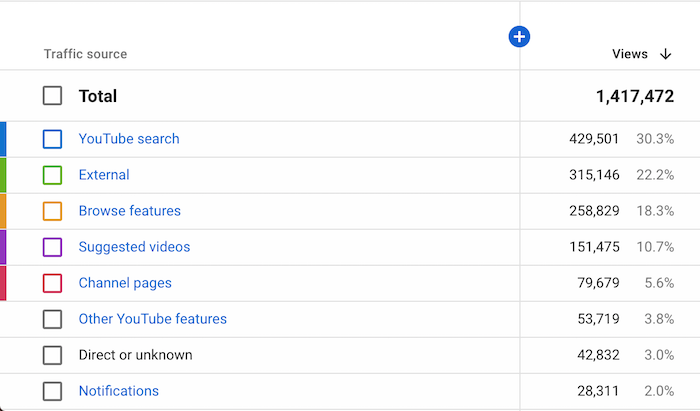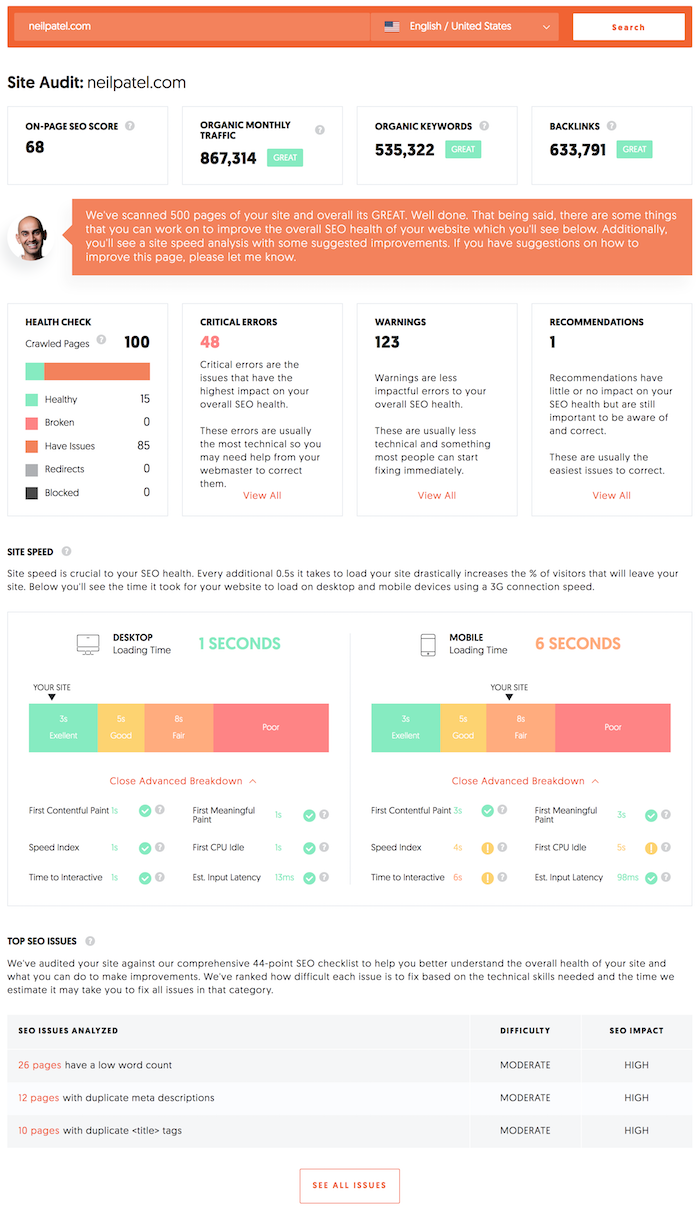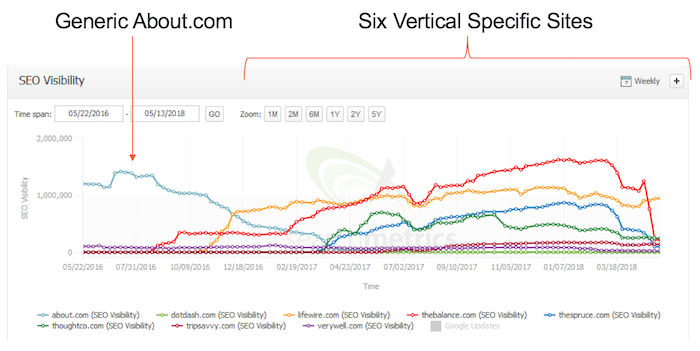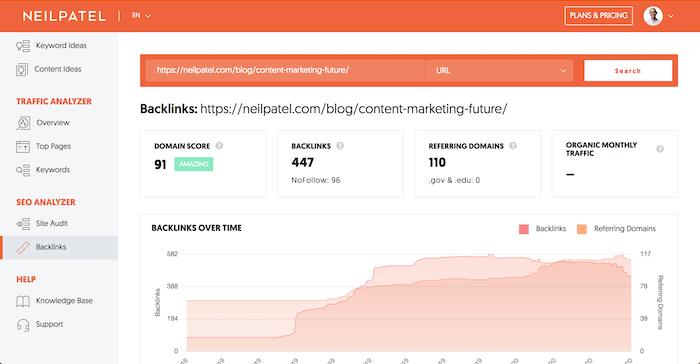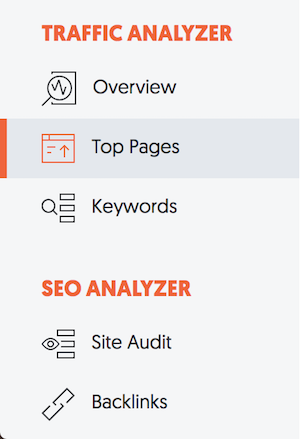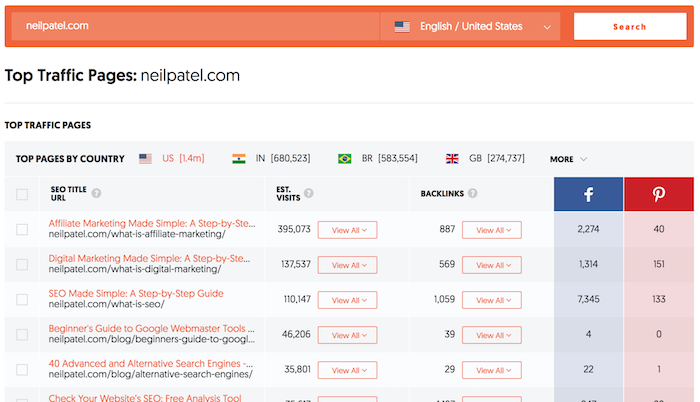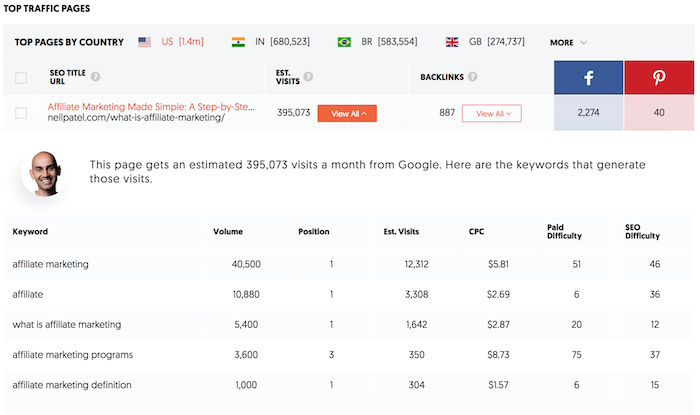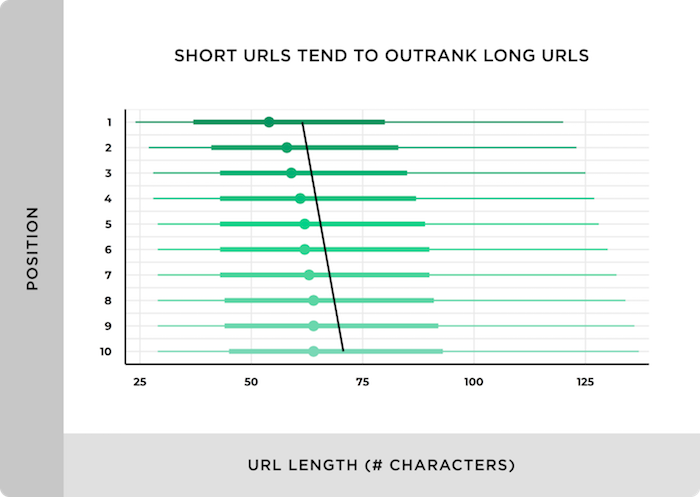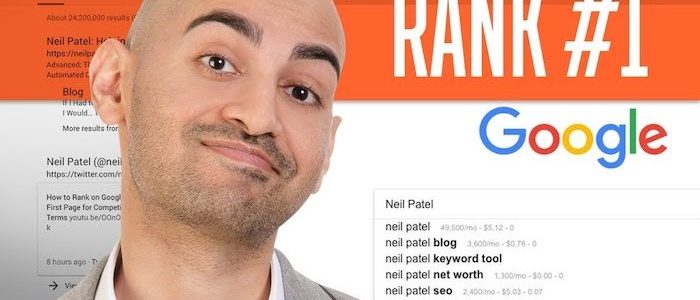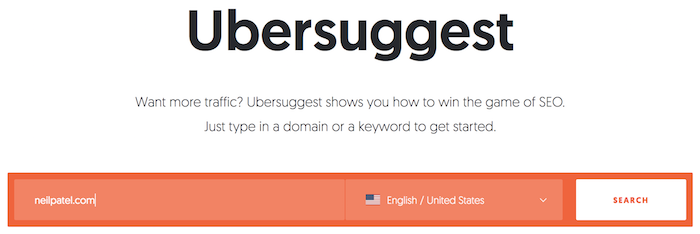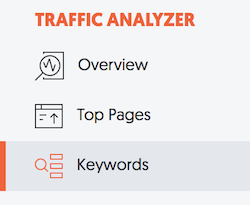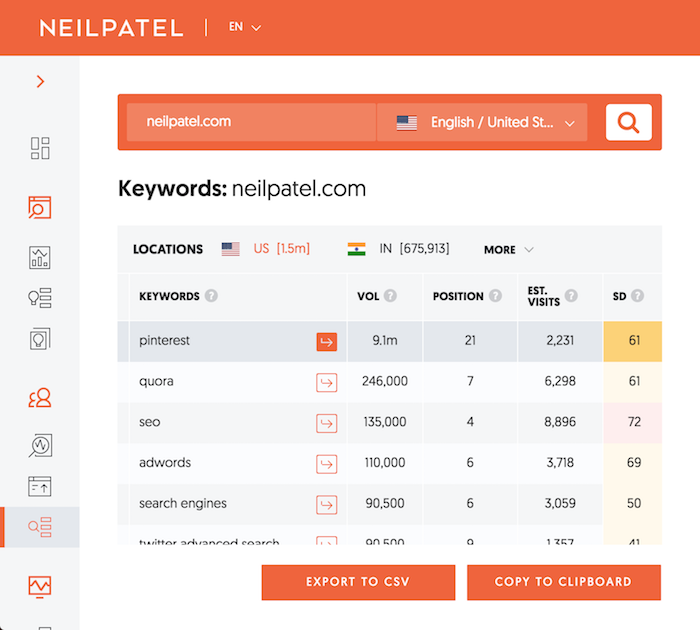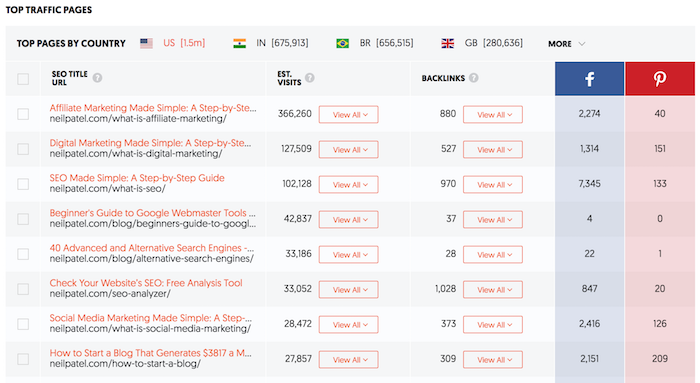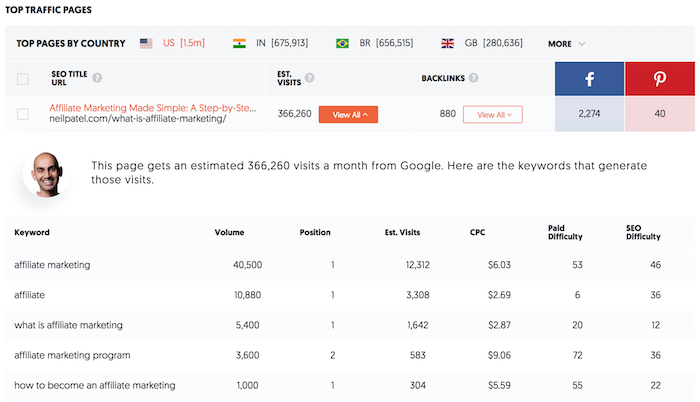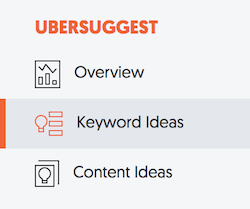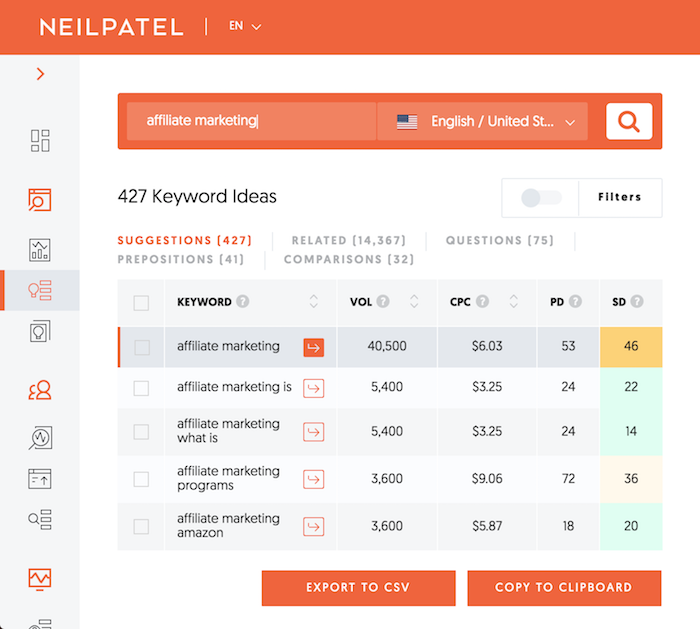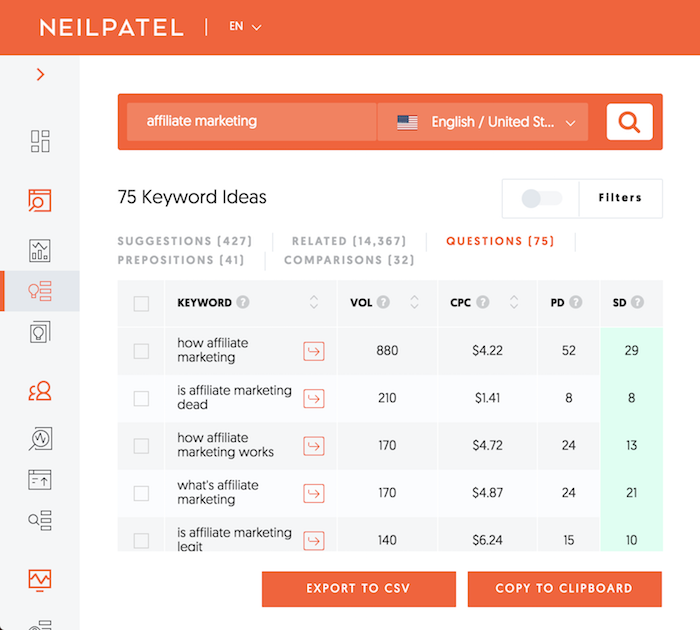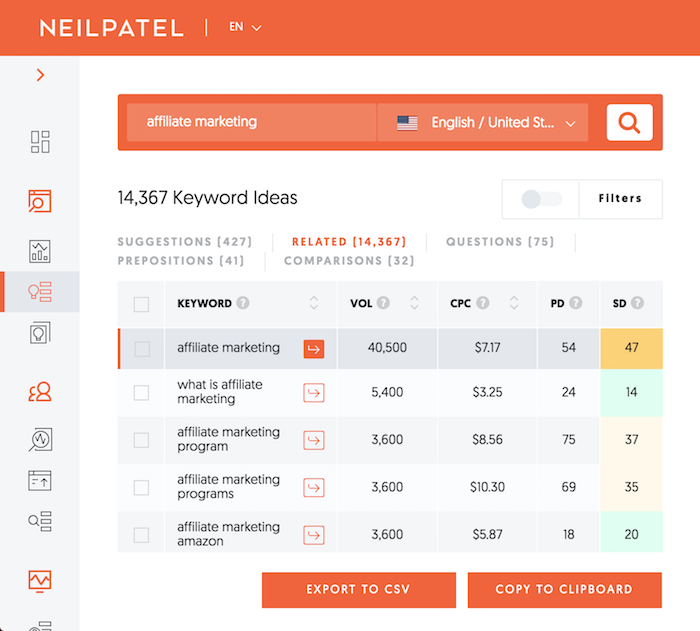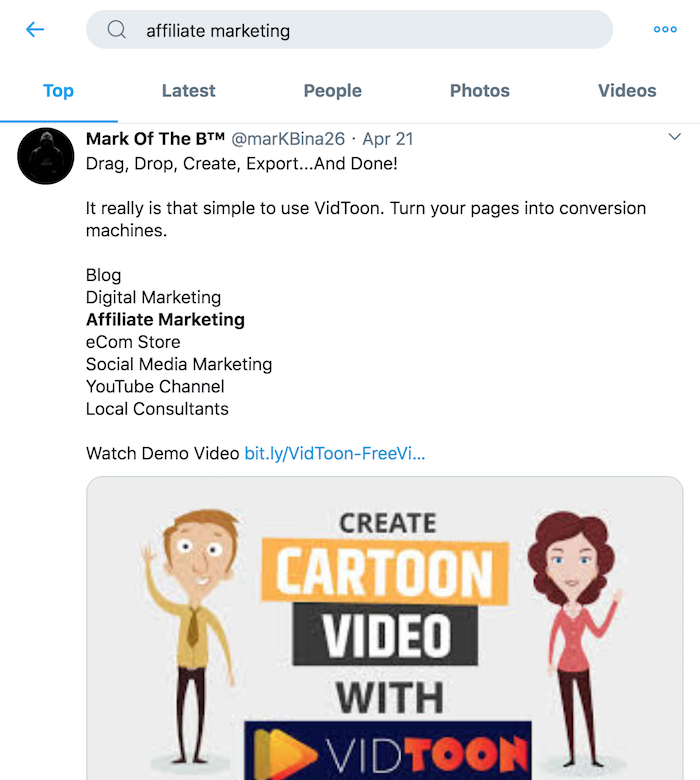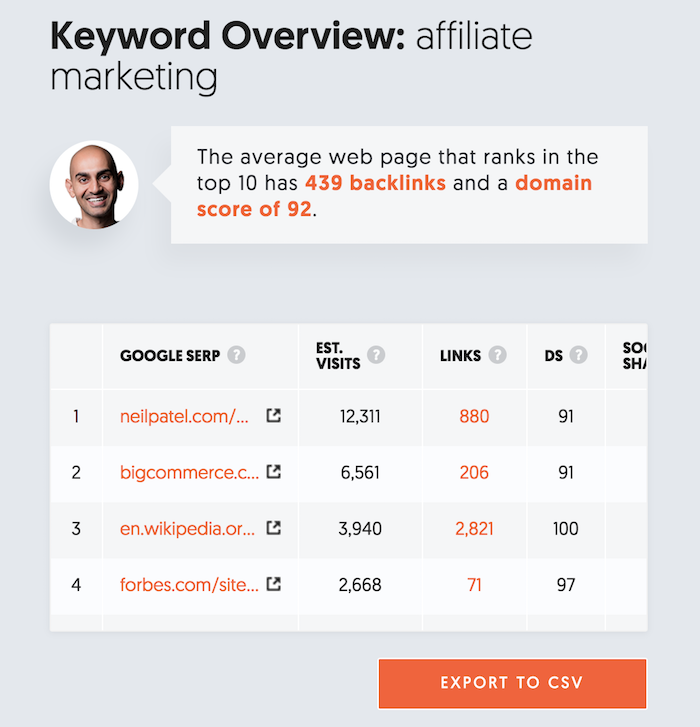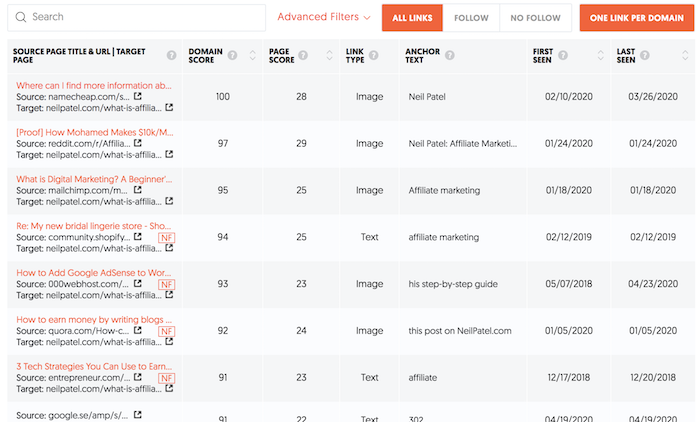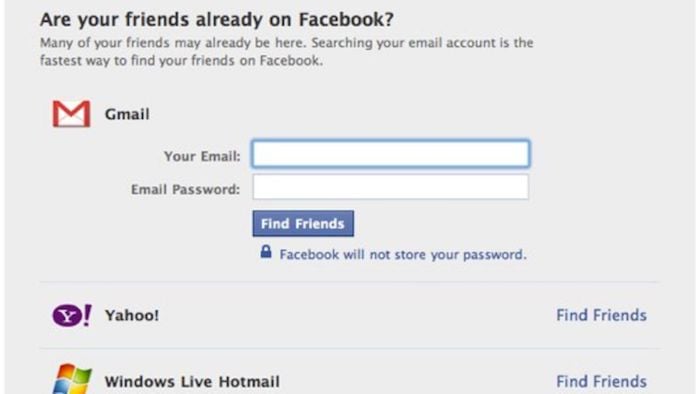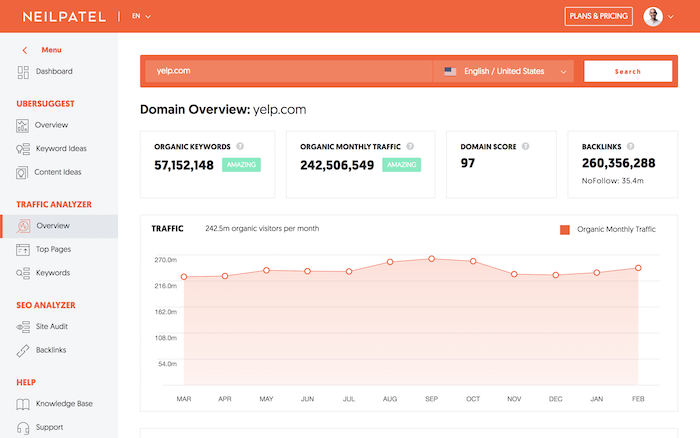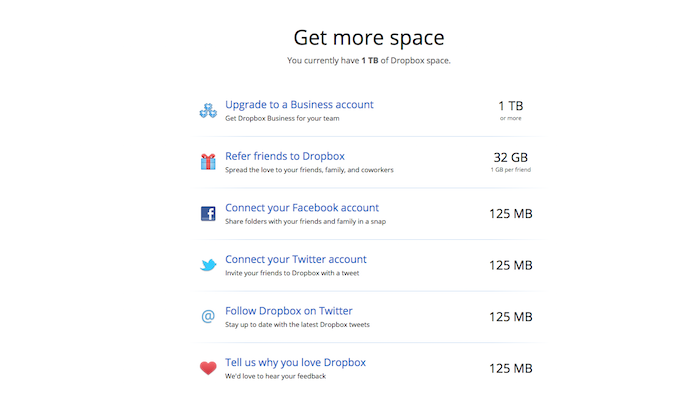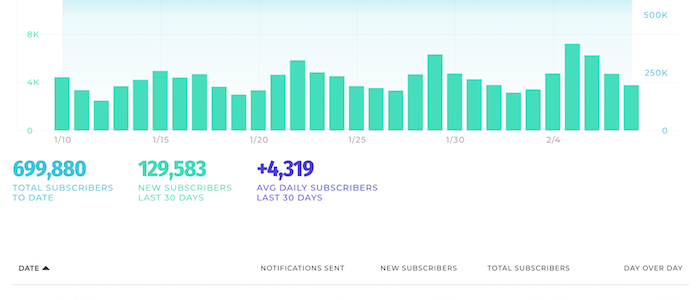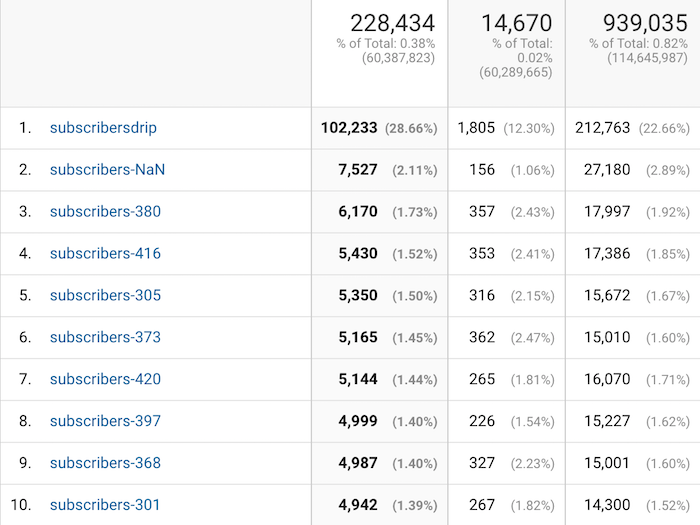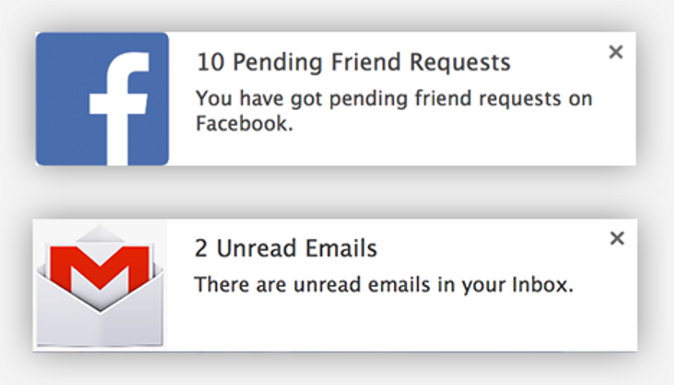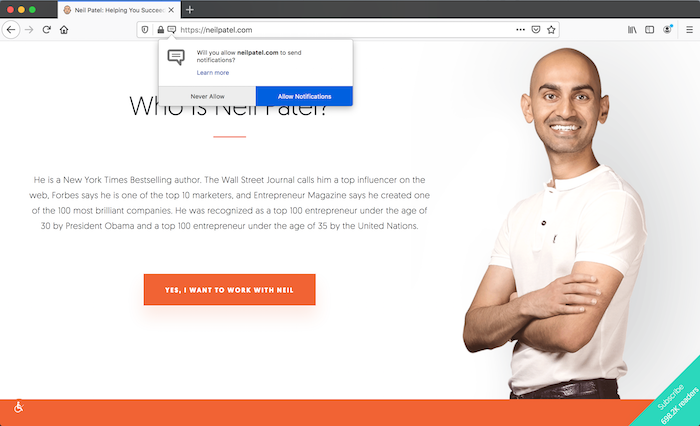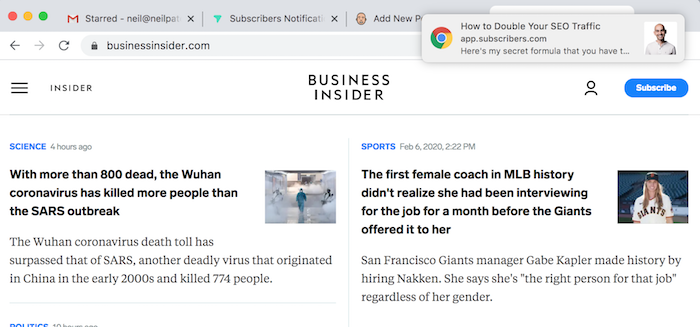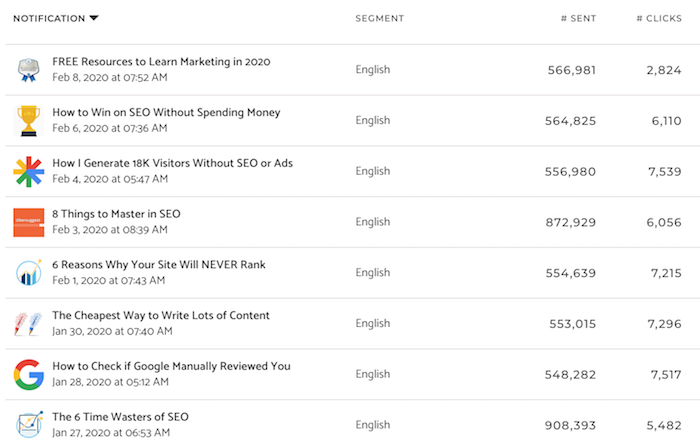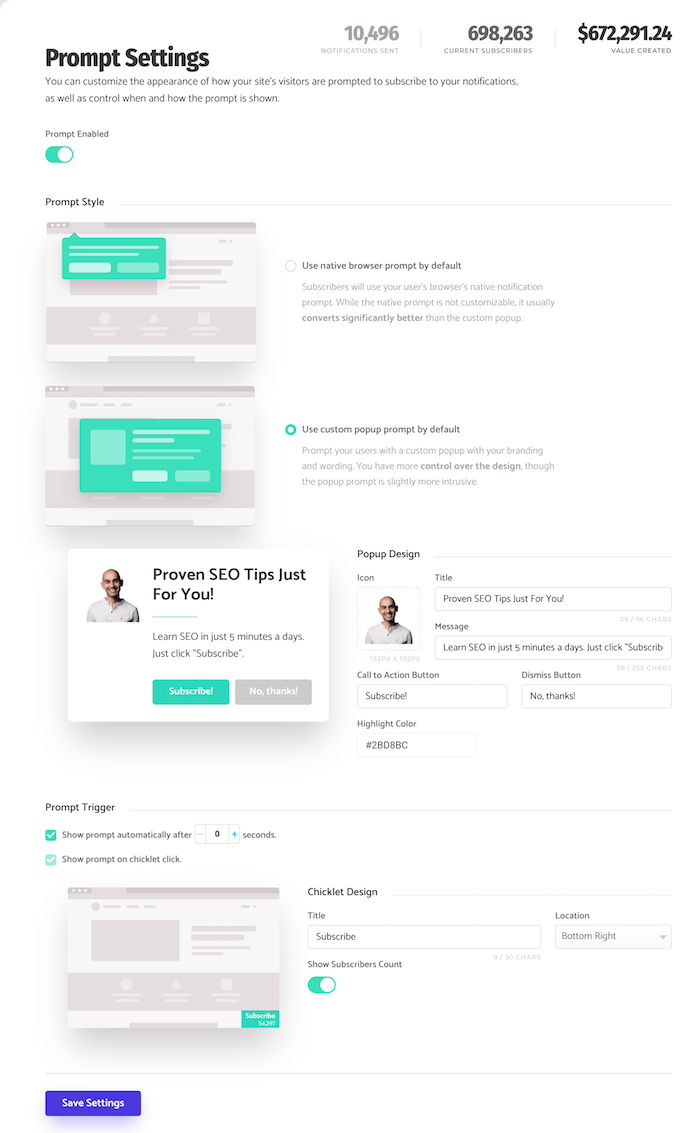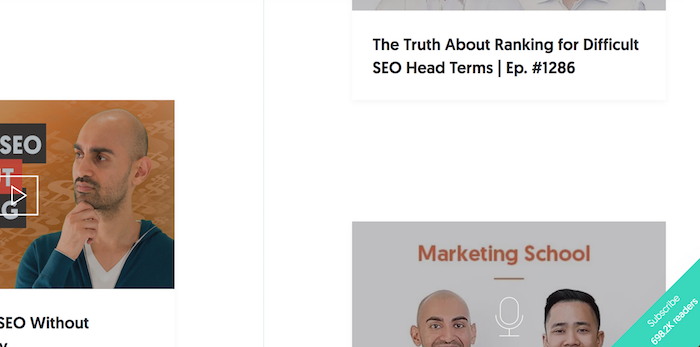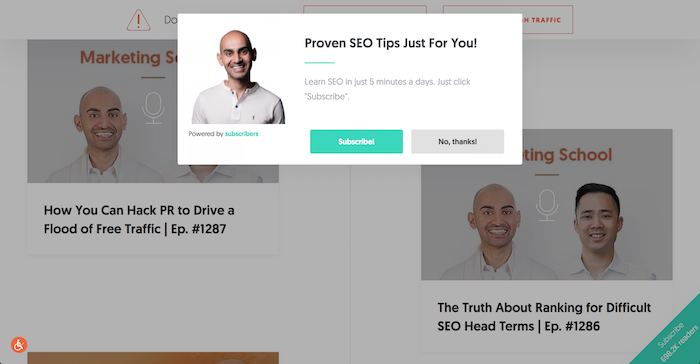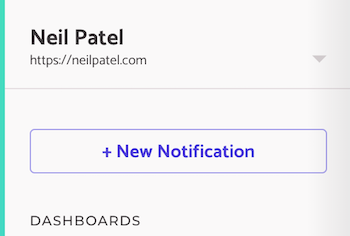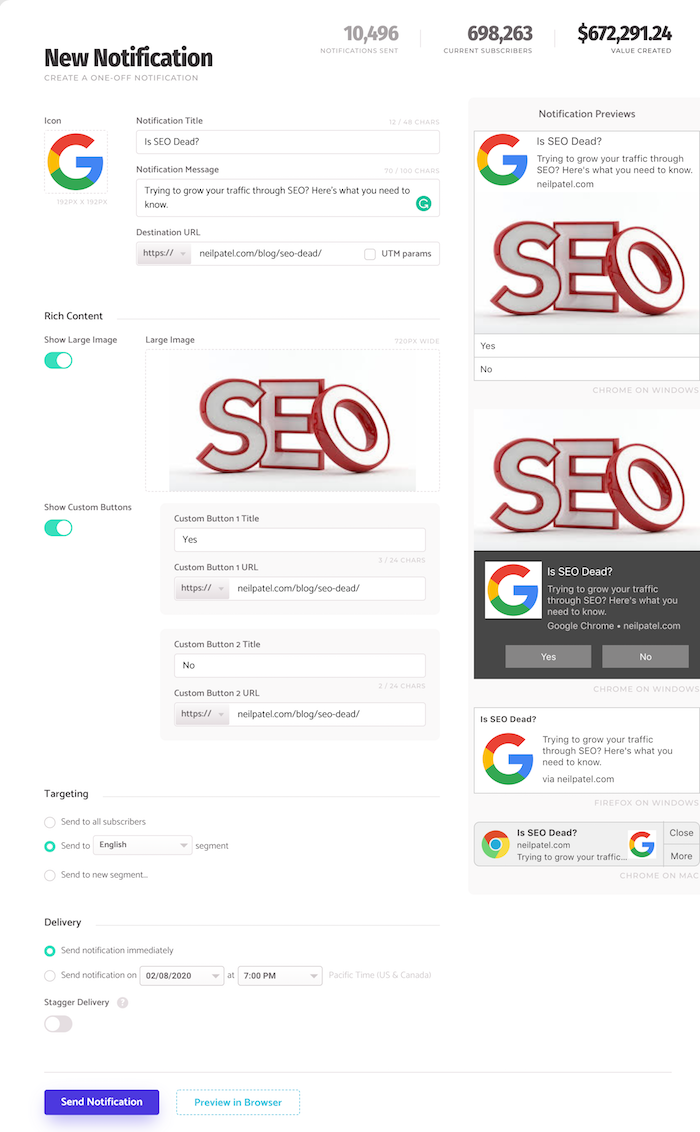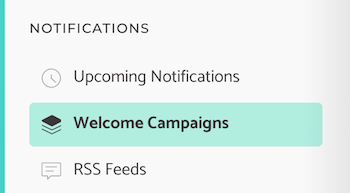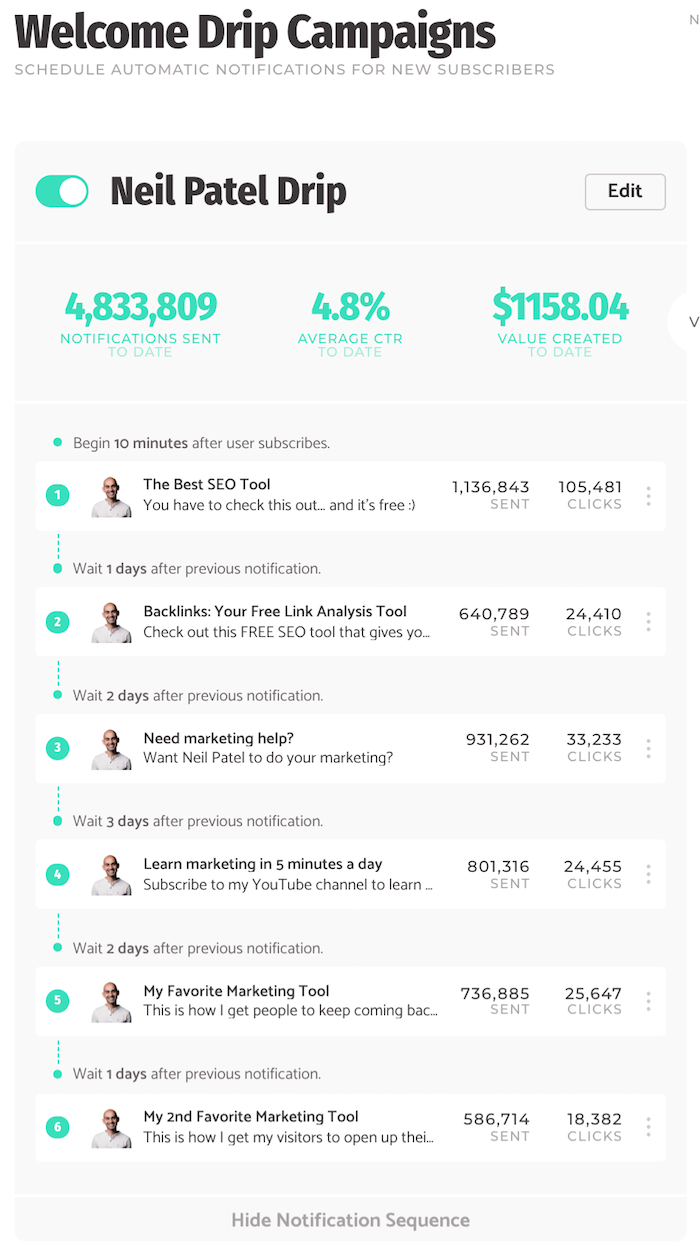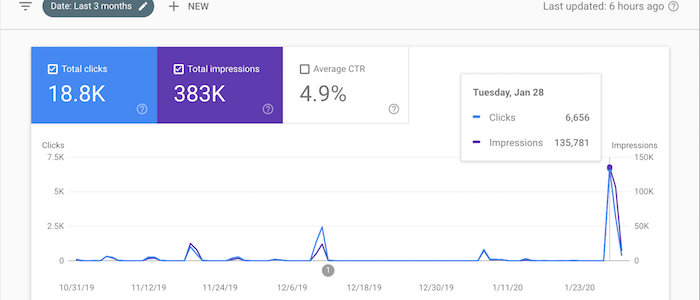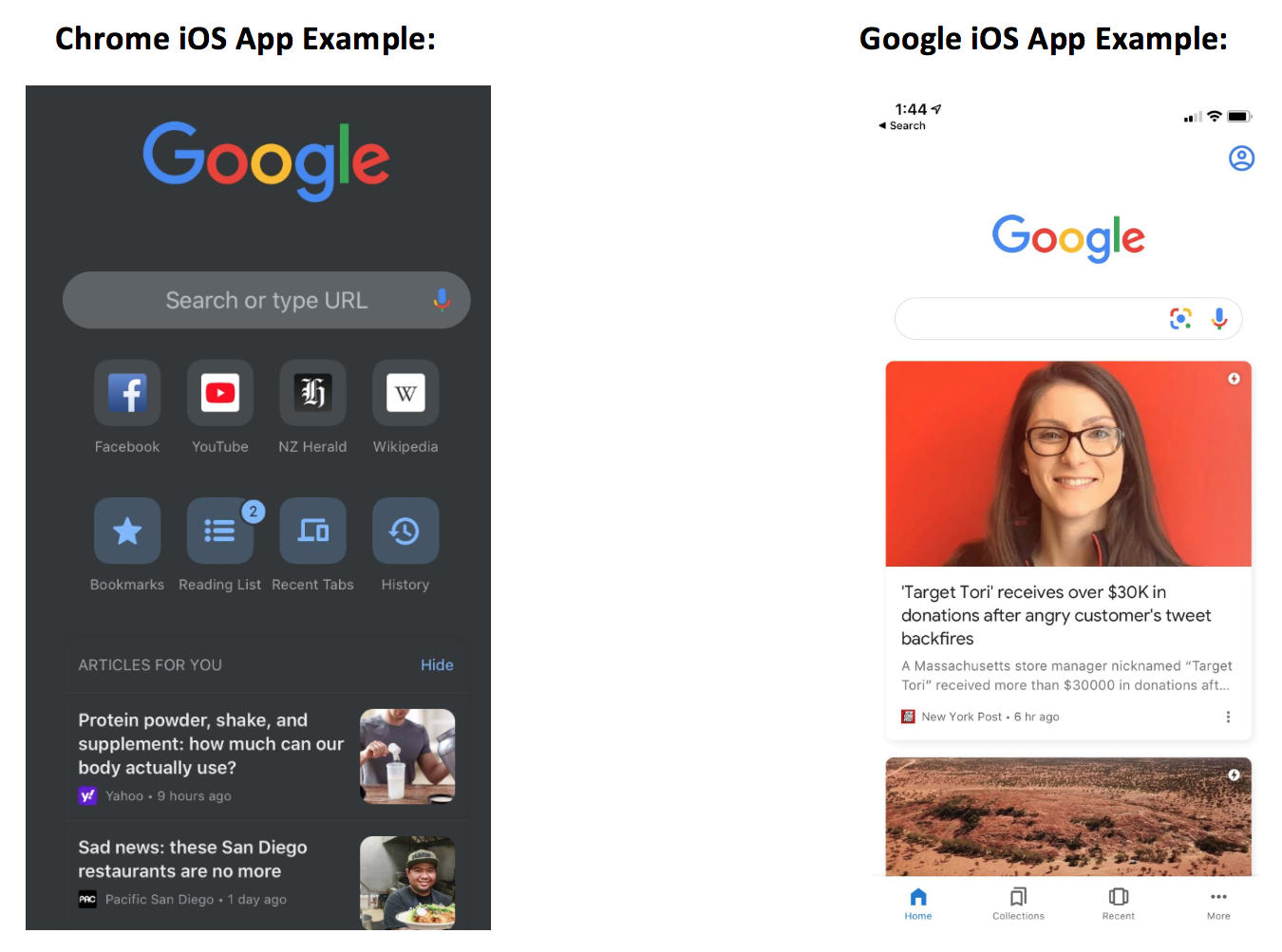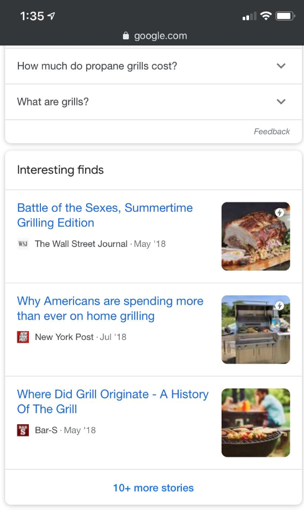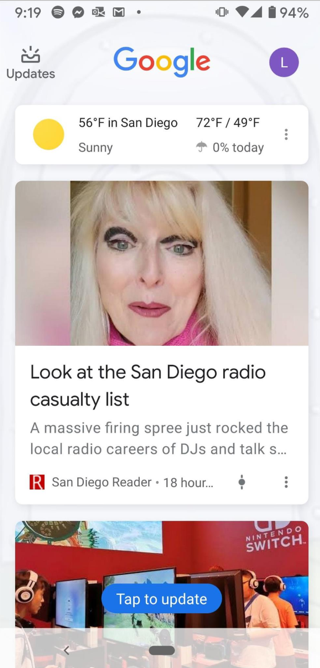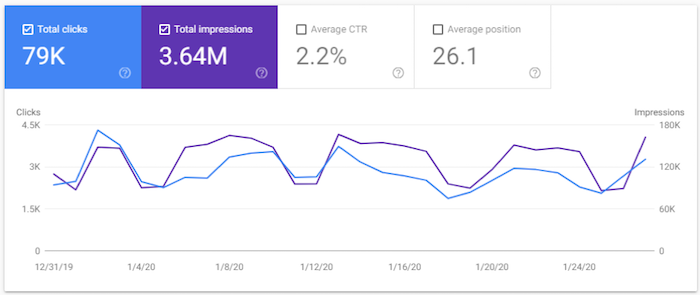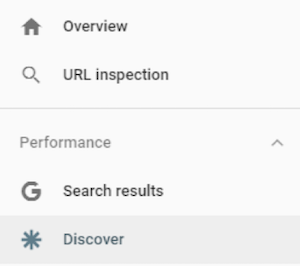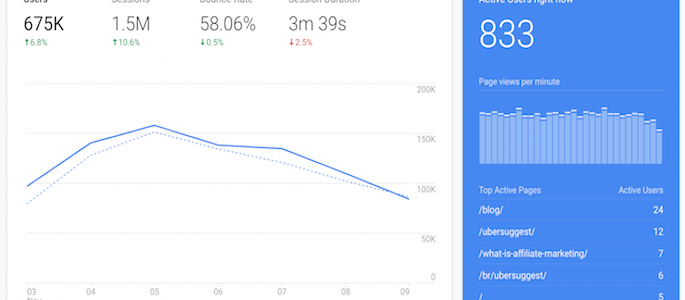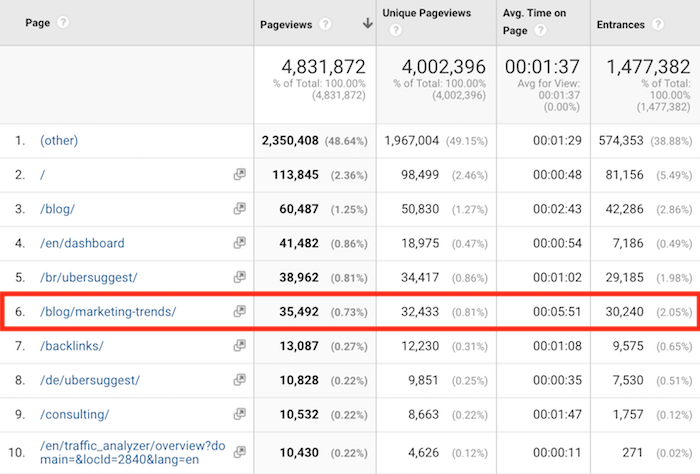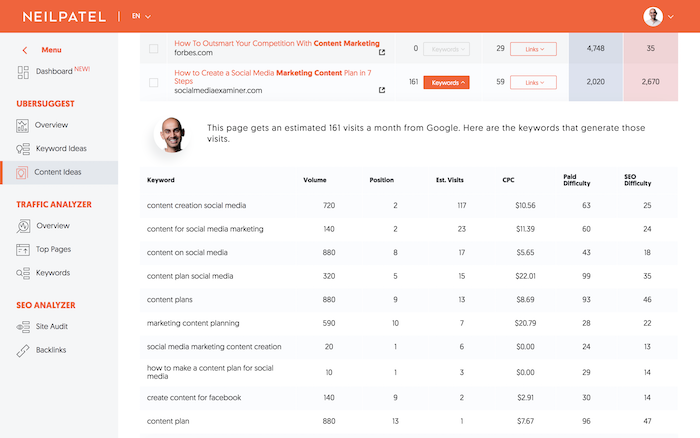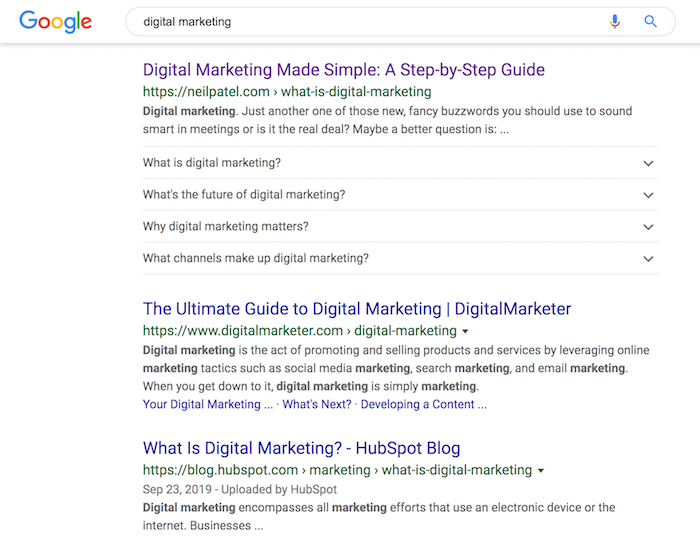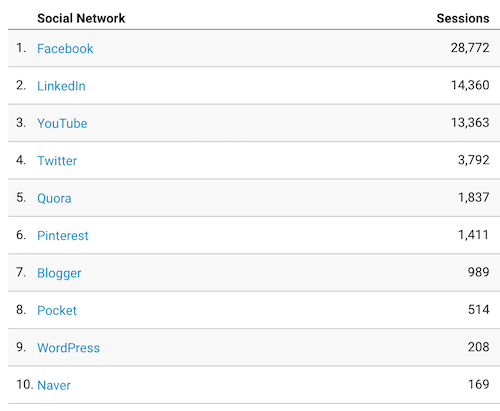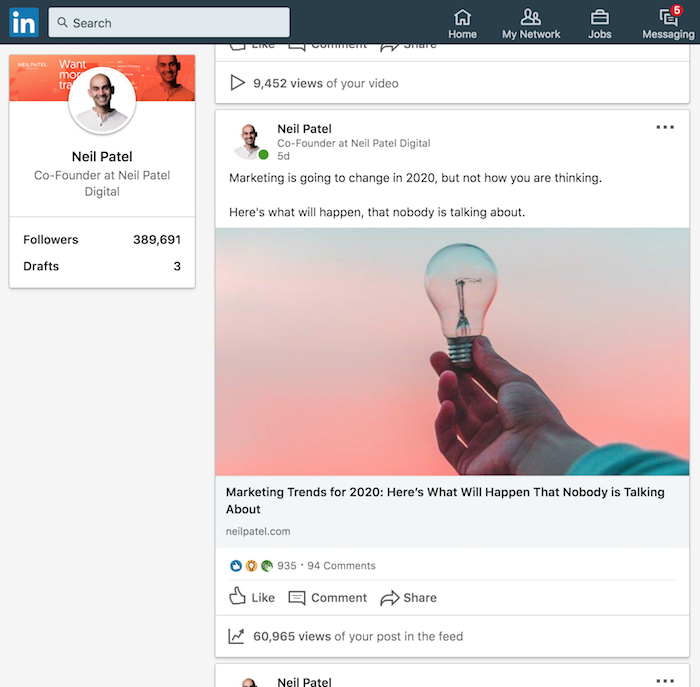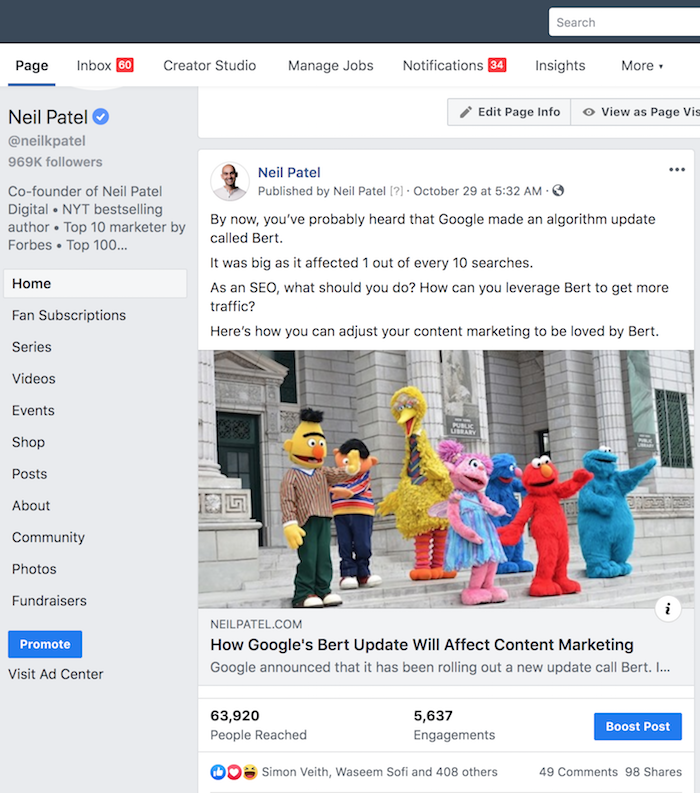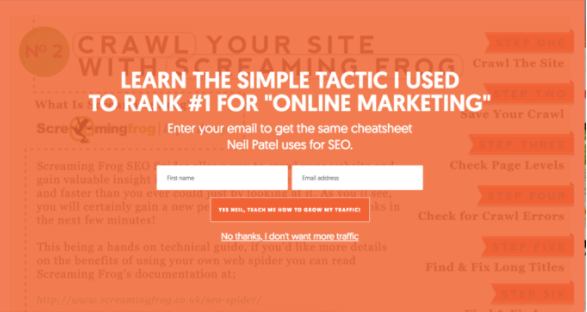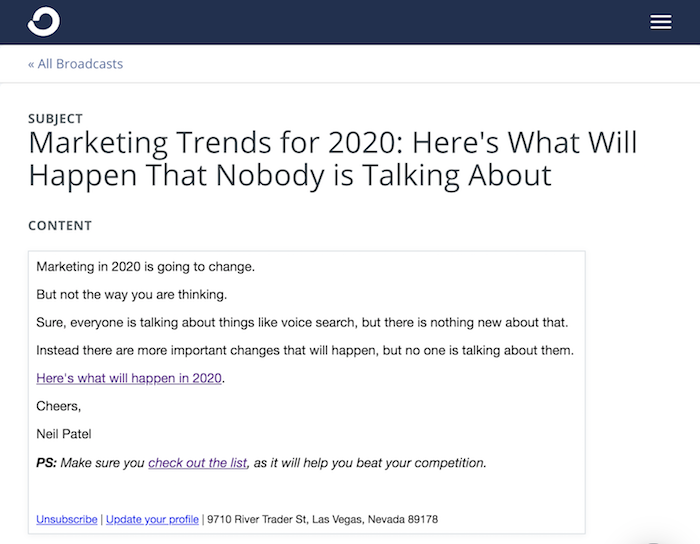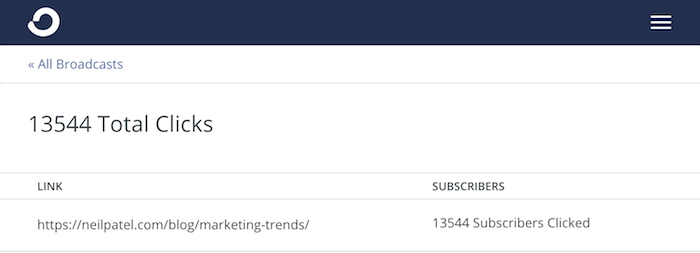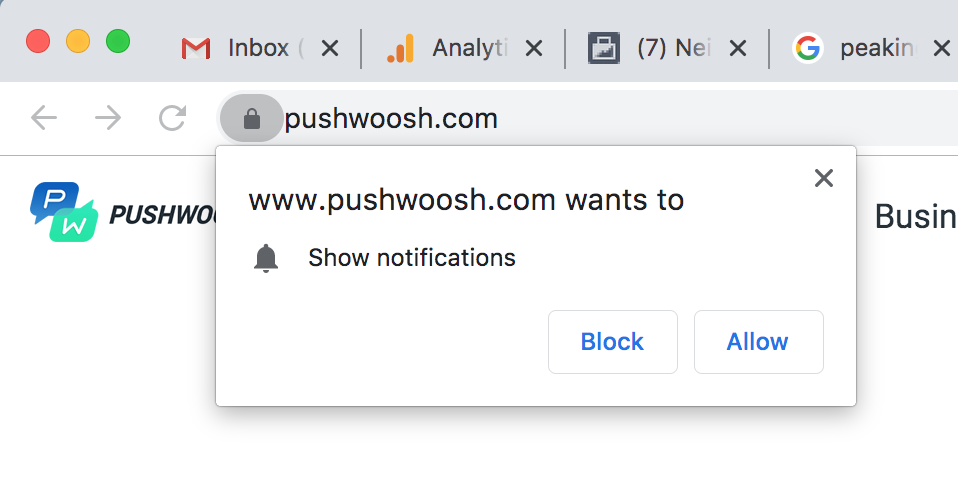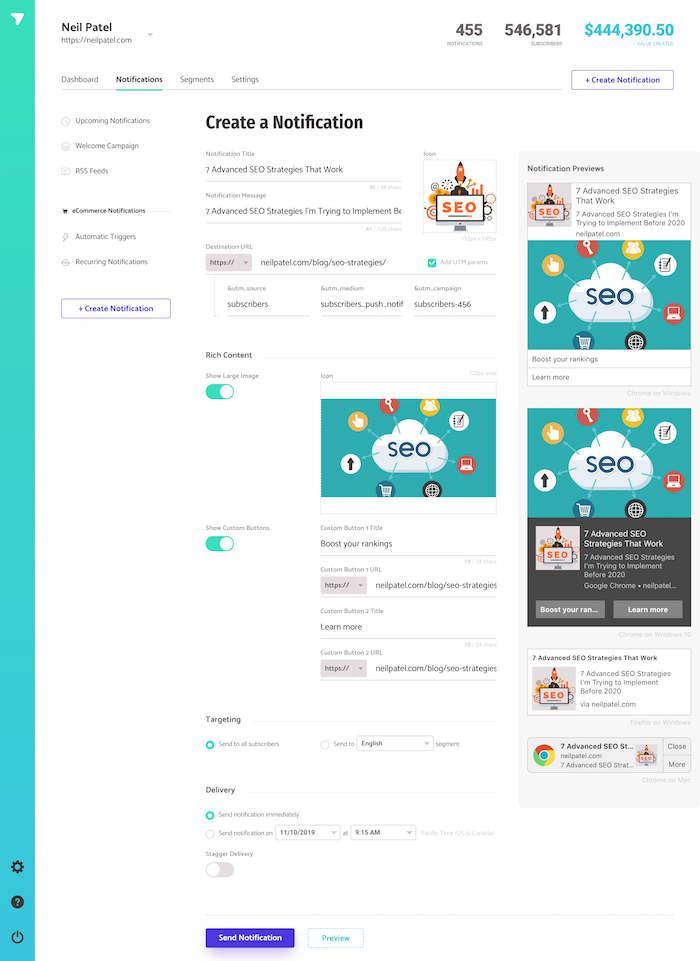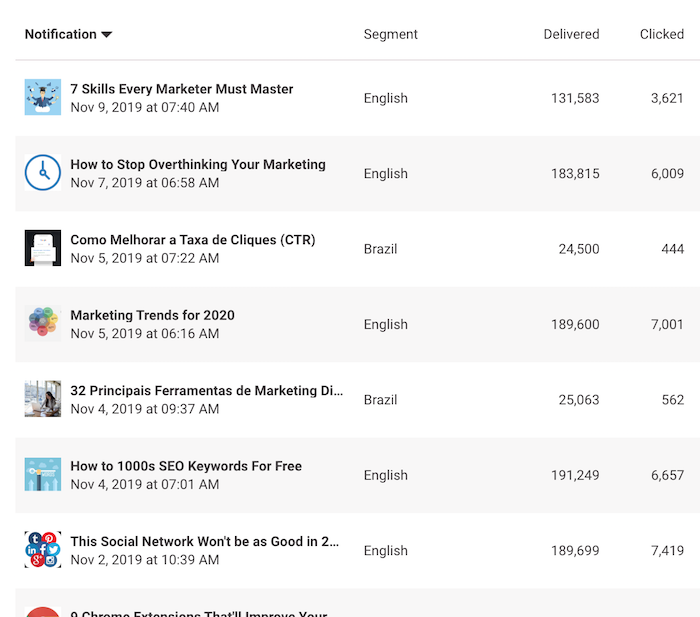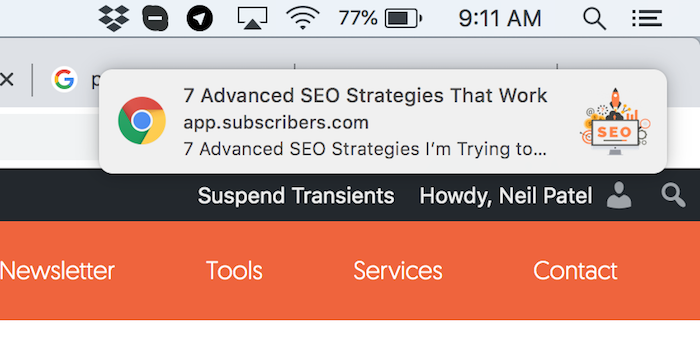
8 Powerful Ways to Monetize a Blog That Generates Under 1,000 Visitors Per Day
Can you really make money from blogging?
If your blog gets over 10,000 monthly unique visitors, then yes – you can monetize your blog and create a nice revenue stream with it.
The real challenge is making money from a blog that generates fewer than 1,000 visitors per day.
Just as in life, there are different stages to a blog’s life cycle. You can’t compare your new blog to one that’s been around for years.
The truth is: it takes time to build an income from blogging.
No matter what you’ve read, blogging success doesn’t happen overnight — but it is possible.
Identify the stage you’re in, and work from there. There’s no shortcut to getting blog traffic. Yes, I can show you how to drive traffic to your blog, but you have to be patient and consistent, and you have to work really hard.
This in-depth article will guide you on monetizing your new blog. There are still opportunities to make money with your blog, even if it’s not as popular as this blog.
Without further ado, here are eight proven ways to monetize a blog that generates fewer than 1,000 visitors per day:
1. Offer Coaching Service to Motivated Clients
If you’re looking for a way to start making money within the shortest period of time, become a coach. Giving prospects and customers direct access to expertise is where it’s at.
Data from Disc Insights found that “as a whole, the life coaching industry takes in a yearly revenue of $2 billion.”
Jenni Elliot, the founder of TheBlogMaven.com, makes $397 on a one-to-one blogging intensive coaching session.

It doesn’t matter when you started blogging or how much experience you’ve gained in that time — offering a coaching service to motivated clients can bring in money.
Inevitably, your readers will face challenges in life. A coach’s responsibility is to help people manage their challenges, and react in a positive way instead of getting frustrated and giving up.
A lot of bloggers I know started out as online coaches. Initially, they struggled to attract regular clients, but they overcame the challenge by reaching out through social media.
The major reason why becoming a coach in your industry can help you earn extra income is because people want to learn new skills, or improve in certain areas.
Coaching services are in demand because of the dramatic results the process can bring.
As an example, after working with Walk of Life Consulting, 98 percent of clients reported that they thought their CV was more compelling using achievement statements, and 87 percent said their LinkedIn profile became 5X more effective. Here’s the rest of the statistics:

Life coaching is just one area to consider, and it’s increasingly popular these days. As a coach, you’ll help people deal with challenges in their personal or professional lives.
For example, if someone is a web developer, they may need a business or personal coach to help adjust to changes in the web development industry, increase their rates, and retain clients who will, in turn, refer others through word of mouth.
Why coaching? Well, the benefits are enormous. Take a look:

How can you use your blog to promote your coaching services business?
Start by creating useful and interesting content on subjects that matter to those clients and prospects.
For example, if you offer coaching services to freelance writers you might cover topics like:
- attracting new clients
- nurturing prospects
- generating and capturing leads
- retaining existing clients
- setting and raising rates
- weeding out difficult or “problem” clients
- branding
- content creation and copywriting case studies
When offering coaching services, you need a strong value proposition, because the market is already saturated. Having a strong reason “why” people should prefer you instead of your competitors will give you a necessary edge.
Tim Brownson, the founder of ADaringAdventure.com, positioned himself as “the life coach who gets people unstuck.” With his 10 years of life coaching experience, clients trust him for his ingenuity and knowledge.

If you’re driven to succeed as a coach, you don’t need to follow dozens and dozens of other coaches in an effort to “learn.”
Instead, pay more attention to your blog and create high-value content.
After all, you’re the coach. The only way to prove your expertise is through the content you create on a regular basis. Use blogging to increase your prospects’ success, preferably by including case studies wherever possible.
According to Jeff Molander,
Blogging is most useful when you strive to help [your prospects] believe what they want (what you sell) can actually happen for them on time, on budget and without pain. It removes the fear from buying.
When you become a life, personal, or business coach, you have three key jobs:
- Teach prospects how to set and attain goals, overcome challenges, or avoid risks in ways they can put to work instantly;
- Improve the prospect’s perception about their business and create confidence in them to trust your recommendations and reach their goals; and
- Lead customers to constructive, proven processes, encouraging them to ask questions and increase their drive to succeed.
No matter what industry you’re in or cater to, offering a coaching service to motivated clients can help them reach their goals and make you money.
Peter James Sinclair benefitted from Yaro Starak’s coaching program, and he’s more organized and effective now.
Through investment coaching, Todd R. Tresidder helped Gary Craig, an entrepreneur, and former hedge fund owner, to grow his monthly cash flow from $5,000 to $50,000 per month.

Before you rush in and start offering coaching services to motivated clients, you have to understand that a coach is an entrepreneur. You’ve got to have that mindset because that’s what you need to thrive.
Mediocre coaches give up in the face of unfavorable circumstances, but coaches who’ve focused on improving their entrepreneurial skills thrive. When you think like the entrepreneur you truly are, you’ll command higher rates.
2. Become an In-Demand Freelance Blogger
If you’re a blogger, then you already have the skills to become an in-demand freelance blogger.
Linda Formichelli makes $250 per hour, and Elna Cain makes a full-time income as a professional freelance writer.
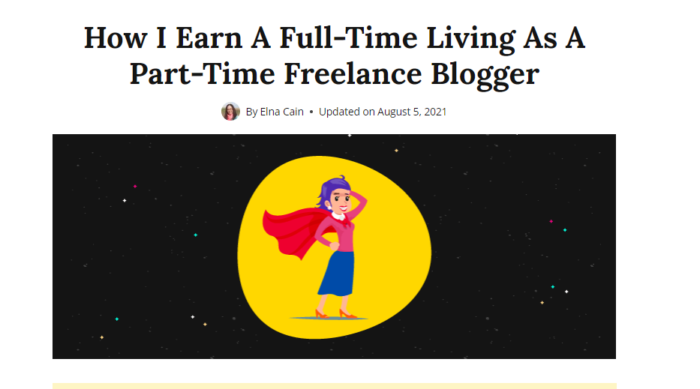
Brands are desperately looking for bloggers with relevant skillsets, and becoming a freelance blogger can transform your financial life.
According to a study by Upwork, 36 percent of the total US workforce freelances. Those freelancers earn a combined annual income of $1.2 trillion.
A freelance writer is a professional who writes articles on different topics for sites, emails, landing pages, etc.
Skilled freelance bloggers are increasingly needed as B2B and B2C companies recognize content is the ultimate tool for attracting leads and nurturing a loyal audience.
Data from Content Marketing Institute found that 21 percent of B2C brands spend more than $100,00 a year on content in 2020, and many are increasing their spending.
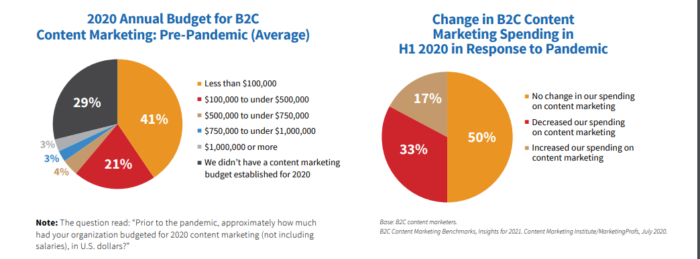
Yes, I know what you’re probably thinking, “But there are so many writers out there already!”
That’s true. But professional freelance bloggers who have WordPress, SEO, social media, and persuasive skills are much harder to find. So if you can add these skills to your writing, you’ll become an in-demand freelance blogger.
Initially, you’ll have to market your freelance blogging services through guest blogging on high-traffic blogs, consistent in-house blogging, social media marketing, and even Facebook ads. But eventually, your happy clients will refer more clients to you.
3. Create and Sell Online Courses
Another profitable way to monetize a blog that generates fewer than 1,000 visitors per day is to create and sell online courses. You don’t need many leads or customers to make money with your first online course.
Here’s the secret: start where you are and scale from there.
If your blog receives at least 50 visitors per day, find out exactly what those visitors want and create a course from there. The truth is that your first course may not be that “awesome” — but that’s okay.
You can always improve. It’s time to avoid the excuses and get started.
Online courses are focused on a specific subject or topic. They’re organized and ready to be put into action.
Online courses have a higher perceived value than blog posts alone. That’s because your target audience can tell how much time you spent creating it. Consequently, they conclude that it must offer some form of value to them.
So don’t be afraid to create an online course – even on a topic that’s been thoroughly covered online. Bryan Harris launched his second online course to 22,000 email subscribers and generated $511,466 in invoiced sales.

Creating an online course is a great way to upgrade your blogging career. Instead of writing for everyone, you create a platform that delivers your best content exclusively to customers.
Online courses are incredibly popular. That’s why there are so many platforms to create and sell online courses.
Keep in mind that the online course market is evolving on a daily basis. Sites like Udemy, Teachable, and Course Merchant have become popular with marketers and technical instructors. And more platforms are coming.
Phil Ebiner makes $100,000 per year selling on Udemy. Even though he doesn’t own or control the platform, he does quite well for himself. He also uses his blogs and social media to promote his Udemy courses.
Then there’s Corbett Carr, who shared a video case study on 10 merchants who earned $1.6 million on Udemy in one year.
In fact, the average instructor brings in $7,000 from Udemy courses, though there is a wide range of outcomes.
Beyond leveraging third-party online learning platforms, you can create and sell your own online course at your blog.
Or you could use a premium online course plugin for WordPress, such as Zippy Courses, CoursePress, WP CourseWare, WooCommerce’s Sensei, and so on.
As a blogger, you can create an online course on any topic that people are struggling with. It doesn’t have to be a complex topic like A/B testing – it could be as simple as “how to use Google Docs.”
Are you surprised? Well, here’s proof that this works: Joseph Michael Nicoletti created an online course that helps novelists write their novel with Scrivener and he makes between $20,000 – $30,000 per month.
You want your course to be engaging, useful, and unique. Follow these four tips for creating an engaging online course:

So how do you choose a course topic? Start with your best blog posts. If I were to create an online course on SEO, I’d probably start with my Guide To SEO – because people like it and will be happy to get an updated version. A few tweaks would make that guide another home run as an online course.
4. Write and Make Money from Kindle Books
Want to make money writing short ebooks?
Well, people are doing just that with Amazon Kindle publishing.
U.S. ebook sales revenue has experienced an impressive upward growth trend. There’s no doubt that the growth will continue. When it comes to reading ebooks, there are many mobile devices you can use, but Amazon Kindle is the most popular one in the US.
The good thing about writing and making money from Kindle books is that there are already millions of buyers who are ready to buy from Amazon.
You already know that Amazon is a trusted online shopping site – and you don’t have to work that hard to convince people to buy your Kindle book. People believe Amazon passes its credibility to your product, in a sense.
At the age of 21, Stefan Pylarinos started his Kindle publishing career. As a blogger, the bulk of his income comes from his Kindle books and an online course on how to create and make money with Kindle books.
Specifically, he made over $1.1 million in 2015 from his online business, which is actually based on Kindle publishing.
Stefan makes a decent income from his KMoney Mastery 2.0 course, which teaches people how to profit with Kindle publishing.

However, in order to make a living from Kindle books, you need to work extra hard and publish books regularly. The more quality books you have, the more money you’ll make. Stefan Pylarinos has over 20 Kindle books and still counting.
You’ll need to offer several short Kindle books because individually, they’re priced pretty cheaply – usually from $0.99 to $4.00. Probably doesn’t sound too encouraging, right?
However, if you price your Kindle book at $1.99 and sell 200 copies per month, your total income will be $398. That’s nothing to sneeze at, and many authors make more.
Chris Guthrie estimated the earnings of one Kindle book in one year at $377.87 per month, which adds up to $4,534.41 per year at a price of $2.99

You can use your blog to promote your Kindle books, give discounts, and give away free copies of your book in order to generate honest reviews (which are essential for boosting your Kindle book rankings & sales).
You don’t have to spend money to promote your Kindle books. With your blog, you’ve got the influence, authority, audience, and platform to make it work. Through blogging, you can launch and make your first $1,000 from Kindle books.
There are even some smart marketers out there who make a decent income from Kindle Books without writing. They simply outsource the content creation, then use their blogs to drive sales.
One of those smart marketers is Arman Assadi. According to him, his first ebook cost him $375 – $350 to get the book written, and $25 for a professional cover design.
At the time of writing this, he makes $2,500 per month by publishing Kindle books he didn’t write.

To learn more about Kindle publishing and how to make money from it, see the resource guides below:
- The Ultimate Guide to Making Money Publishing Kindle Books
- How to Increase Your Amazon Kindle Book Sales by 600% in a Week
5. Make Money From Private Label Rights
Private label rights is a strategy where you sell (or in this case buy) intellectual property and market it as your own.
As a marketer, you can benefit from over 50 ways to make money with private label rights (PLR) products. However, make sure you pay attention to the details.
First, don’t use the product word-for-word. Tweak it and make it at least 65 percent unique.
Once you understand your PLR usage rights, you can repackage and make money from it.
Before Panda struck in February 2011, PLR products were popular, and many marketers and bloggers used them to generate content for their sites.
In other words, PLR products are pre-written content that you can claim as your own without incurring any legal action.
In the past, you could start a new site, download a few PLR articles and publish them for your audience. But the game has changed.
Duplicate content is a serious violation of Google’s terms, and could get your site penalized.
However, you can still make money from private label rights as a blogger. If you’re a new/beginner blogger, you can leverage other people’s products.
Creating an information product (e.g., ebooks) from scratch is difficult. If you’re new to blogging you may not have the experience required. Worse, imagine after all the hard work creating the product, no one buys it.
Here are some reasons why product creation from scratch is tiring:

With a PLR product, you don’t need all of that.
Even if you’re not particularly knowledgeable about a certain topic, you can become an author in that field. For example, you can use PLR articles to write a Kindle book related to “plastic surgery” even if you didn’t study that in school.
You can also generate content for your blog using PLR content. When evaluating PLR products, look for these three factors:
- recently developed
- written by a reputable author
- published in limited circulation
Most bloggers and internet marketers struggle to make money with PLR products because they’re lazy. They use the content word-for-word on their blogs. Even when they create ebooks, most people don’t change anything.
If you find a valuable PLR product, you need to rewrite it and make it at least 65 percent unique. You can get quality PLR ebooks, articles, videos, and audio content from sites such as InDigitalWorks

Aside from rewriting the PLR articles or ebooks, you can do so much more with a PLR product. Typically, PLR content is based on profitable niche keywords and information that the target audience is looking for.
You can use the insights of PLR products as research sources, and then create your own high-value ebook based on the information they provide.
Note: To retain your credibility, I don’t recommend you use PLR articles on your own blog.
Yes, you can learn from the author’s wealth of knowledge about a particular subject/topic, but do your best to always write your own content from scratch.
You can also use PLR products indirectly. For example, you could rewrite a PLR ebook and give it away to build an email list. Then you can make money from your list.
6. Create a High-Converting Funnel and Recommend Products
When people join your email list, what happens next?
Do you feel excited that you have email subscribers and then ignore them?
Follow-up and relationship building is vital.
According to Marketing Donut, “44 percent of salespeople give up after one follow-up, and the average salesperson only makes 2 attempts to reach a prospect.”

Following up on prospects to convert them into buyers is where the majority of sales will come from. Through follow-up emails, you connect with motivated buyers and sell at the backend.
A relationship is the easiest way to establish trust with blog readers and sell a product. It sounds so simple, but a lot of people aren’t doing it.
A relationship begins when you create awareness about your primary business. You then lead your prospects through a funnel, while delivering immense value with your content in every phase.

First, understand this: there’s nothing wrong with selling to your readers as long as the product is useful and valuable.
However, forget about the product and build a relationship with them. That’s where the funnel comes in.
The purpose of a marketing funnel is to attract strangers, convert them into leads, close the deal by turning them into customers and delight them after they have purchased your product.

The moment you drive potential customers to your funnel, they opt in to your list and they’re added into your follow-up autoresponder. Then you can start building the relationship.
You nurture them through your blog posts, videos, infographics, ebooks, and so on. Ideally, you ask them exactly what they’re struggling with, then use the questions to create relevant and high-value content for them.
Along the way, recommend affiliate programs and products, your own ebooks, or software.
Any product that will help them after you have established a level of trust with them should be shared with them.
After creating their first product, Gael Breton & Mark Webster gave away a part of it to collect leads. Altogether, they collected 301 emails, nurtured the leads, recommended their own quality product, and generated $2,684 in 30 days.

7. Partner with Influencers in Product Creation/Launch
Do you know why so many product launches fail?
Joan Schneider and Julie Hall from Harvard Business Review had this to say:
The biggest problem we’ve encountered is lack of preparation: Companies are so focused on designing and manufacturing new products that they postpone the hard work of getting ready to market them until too late in the game.
If you think that making money online boils down to driving traffic to your blog and generating email leads, you’re making a mistake.
Leads are only the beginning.
One recent study found that 79 percent of marketing leads never convert into sales. Lack of lead nurturing is the common cause of this poor performance.
You need to generate the right leads. The truth is that you may not have this type of lead right now, but you can leverage influencers’ audiences.
Do you have an idea for a product? Most people struggle to launch their products because they go about it all by themselves. It’s reported that 70 percent of all new product launches fail in the first year. The question is, why do some succeed when others fail?
There are several aspects of a successful product launch that you may not be able to handle alone. If you try to go it alone, you’re bound to waste more time, and there’s no guarantee you’ll succeed.
You have to understand that your efforts can only lead you far.
To make a real impact in the lives of people, you need to build relationships with influencers and leverage their influence to create and launch your product.
Of course, generating leads is important when launching your product. Even before you release the product (e.g., ebook, software, plugin) for sale, you should start pre-selling and communicate with prospects.
Ideally, you should build a landing page to collect emails prior to launching your product.
According to MarketingSherpa, “61 percent of B2B marketers send all leads directly to Sales; however, only 27 percent of those leads will be qualified.”

Leveraging influencers could turn out to be the most powerful marketing tool in your arsenal.
As an example, Sujan Patel connected and built relationships with influencers and expert growth hackers before launching an ebook, 100 Days of Growth.
And in six months, Patel and his partner Rob Wormley sold 10,000 copies of the book, which costs $27 per copy.

Here are a few resources to get started leveraging influencers:
- Influencer Marketing Guide
- How to Find Instagram Influencers for Marketing Campaigns
- What are Influencer Engagment Marketplaces (and How to Use Them)
8. Launch a Virtual Summit
No matter where you’re as a blogger, you can monetize your blog by launching virtual summits, which are growing in popularity these days.
Many bloggers use summits to connect and build relationships with influencers. Influencers can bring you credibility, reach, and engagement.

Virtual summits or conferences are powerful. According to Kristen Matthews of Convince and Convert,
Virtual conferences are the most underrated marketing tactic at our fingertips.
Many success stories keep pouring in from bloggers building their lists and income through virtual summits. For one, Aj Amyx earned $16,000 (and 2,300+ subscribers) with a virtual summit.
Here are some of the results of a virtual summit by Navid Moazzez:

There are bloggers and digital marketers making a six-figure income from virtual summits. You may be wondering whether a virtual summit is the same thing as podcasting. Well, here’s a clear description from Entrepreneur:

When Jan Koch launched his first virtual summit, he grew his email list by 600 percent, got featured on major industry websites, and become the go-to expert in his field.

To truly succeed at a virtual summit launch, you need to make it a win/win for the experts who will share their knowledge.
Choose a topic that will inspire people to action, and make sure you have a product to sell at the backend.
How to Montetize a Blog: Frequently Asked Questions
What are some ways to earn blog revenue?
Offer coaching services, on-demand products, and use the blog to build relationships and networking.
How can I convert users better?
Easier navigation, simple-to-navigate design, and clear copy that creates compelling results.
If I don't want to offer products and coaching, how else can I earn money?
Advertising and sponsored posts are always a good way to earn money if you are popular in your niche.
{
“@context”: “https://schema.org”,
“@type”: “FAQPage”,
“mainEntity”: [
{
“@type”: “Question”,
“name”: “What are some ways to earn blog revenue?”,
“acceptedAnswer”: {
“@type”: “Answer”,
“text”: ”
Offer coaching services, on-demand products, and use the blog to build relationships and networking.
”
}
}
, {
“@type”: “Question”,
“name”: “How can I convert users better?”,
“acceptedAnswer”: {
“@type”: “Answer”,
“text”: ”
Easier navigation, simple-to-navigate design, and clear copy that creates compelling results.
”
}
}
, {
“@type”: “Question”,
“name”: “If I don't want to offer products and coaching, how else can I earn money?”,
“acceptedAnswer”: {
“@type”: “Answer”,
“text”: ”
Advertising and sponsored posts are always a good way to earn money if you are popular in your niche.
”
}
}
]
}
How to Monetize a Blog Conclusion
At the heart of blogging is a deep-seated desire to build and nurture an audience.
Most beginning bloggers struggle to make a living from their blogging efforts, because they believed that blogging alone was enough to make them money.
The majority of successful bloggers make the bulk of their money by selling and promoting other products or services.
For example, Darren Rowse makes more money from his Digital Photography School, and Ryan Deiss generates over six-figure income annually from SurvivalLife. There are countless success stories in this regard.
In a nutshell, if you can’t compete with other players in your industry, you may want to switch to other industries where you can become an expert, then get to work building links, get organic traffic, and promoting products and services to your blog readers.
That said, you have to be consistent. Success doesn’t happen overnight.
Which of these methods do you think is the best way to make money as a blogger when your blog generates fewer than 1,000 visitors per day?

